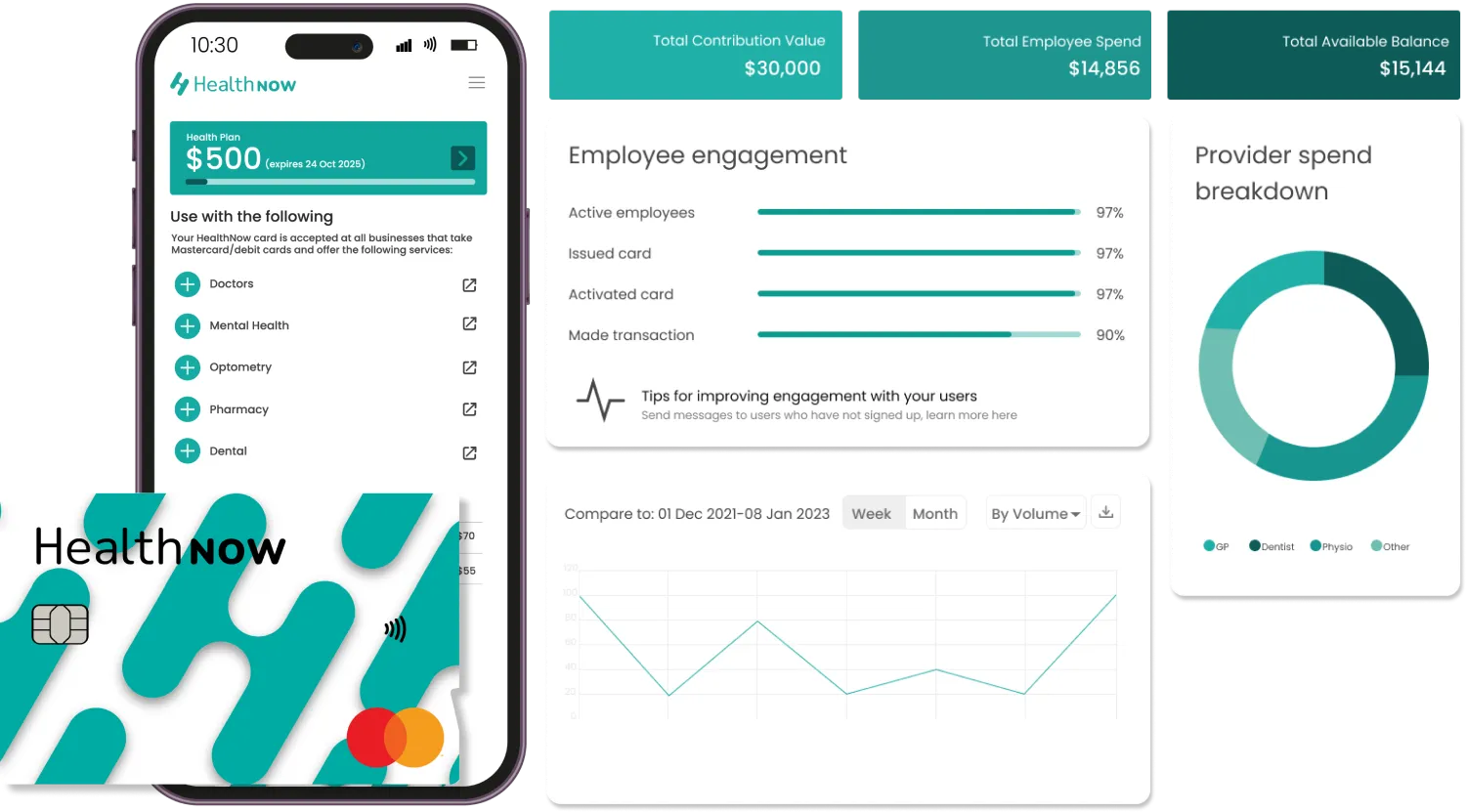Maintaining the rate of growth within innovation is critical during this pandemic era. It has created a need to accelerate and extend the efforts of all healthcare organisations. But with new variants and continued outbreaks still destabilising our day-to-day lives, the challenges remain.
The Future
When considering the future, digitisation of healthcare and technology innovation are very important areas for a number of reasons; to deal with the ever-growing stress on health facilities in caring for a rapidly expanding population, to improve and fasttrack patient care and improve the effectiveness of therapies and procedures. So much so, that the Ministry of Health has put a Health Technology Innovation Framework in place to guide the use of emerging technologies and provide direction to health technology innovators.
Identifying a problem that needs fixing is the first step towards solving it. Innovation in healthcare doesn’t have to be straight out of a sci-fi movie. We already use digital healthcare in the form of health apps, cloud-based patient files and virtual GP appointments. But we must remember innovation is not simply beneficial, it is necessary. Healthcare providers must leverage innovation to stay relevant in an increasingly competitive market.
Acknowledging their framework must be based on research, innovation and commercialisation, the Ministry of Health has highlighted four strategic priorities for change. These priorities are:
Strategic Priority One
Invest in excellent health research that addresses the health needs of all New Zealanders.
Strategic Priority Two
Create a vibrant research environment in the health sector.
Strategic Priority Three
Build and strengthen pathways for translating research findings into policy and practice.
Strategic Priority Four
Advance innovative ideas and commercial opportunities.
Globally, the World Health Organization Health Innovation Group (WHIG) says innovation should “respond to unmet public health needs by creating new ways of thinking and learning”. So we’ve listed some areas (in no particular order) which we believe will be at the forefront of these advances over the next several years. Here are five innovative medical technologies that will aim to improve efficiency, effectiveness, quality, sustainability and affordability:
- Drone delivered medication: Cutting down drastically on person-to-person appointments, and therefore increasing efficiency, drones could not only deliver prescriptions but deliver urgent medical supplies to vulnerable or rural patients. This emergency service could save lives in a matter of minutes and save paramedics much needed time.
- Virtual Reality: We’ll present this in two-parts. Firstly, surgeon training. With the covid-19 pandemic still ongoing, virtual training has become an inescapable reality for medical students and professionals. Although this has provided a means to an end, it has opened the door to evaluate how virtual training can co-exist. Surgeons could practise fully-immersive virtual reality procedures in their own homes. Secondly, virtual reality rehabilitation programmes could be offered to patients in order to aid optimal care to those in need.
- Artificial Intelligence: Already used to analyze and interpret data among other things, the promise of AI in medicine is immense, but merely at the early stages of its potential. AI can reduce the cognitive burden on health professionals which in time would allow increased effectiveness of care, creating an overall more sustainable health care model. The sheer quantity of information AI can process compared to a human is incomparable. The hope that AI can one day interpret tests and provide diagnoses are still years away but could one day transform the medical landscape forever.
- Workplace of the future. The pandemic has created a new dawn for healthcare that can be undertaken remotely, such as patient monitoring and virtual care. This has already reduced the extent of required person-to-person care. Another side effect is growth of virtual collaboration within pharmaceutical industries and medtech industries.
- Affordability is where HealthNow aims to contribute. Innovation in financial technology has allowed us to provide a part payment system that opens up expert healthcare services to lower income New Zealand. All members of society will have the option of paying for healthcare costs over time, with zero interest. HealthNow is proud to be NZ’s first and only health focused payment solution, and we believe we will have a massive impact on the overall health & wellbeing of our nation over the coming years.
Submit an enquiry and receive support today.







